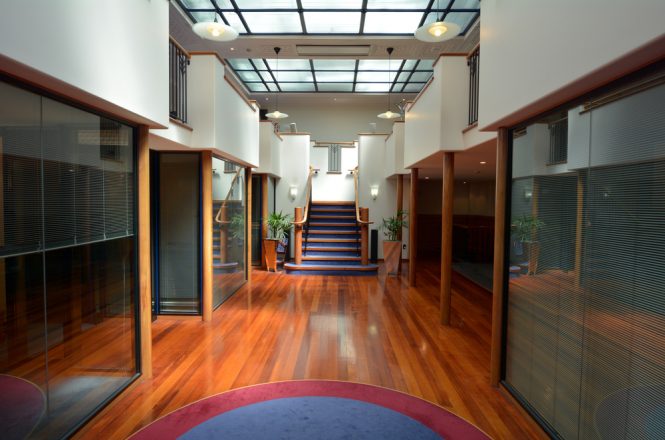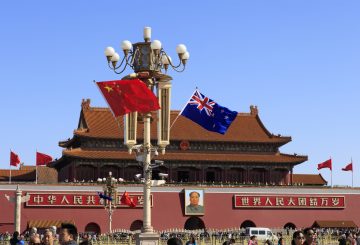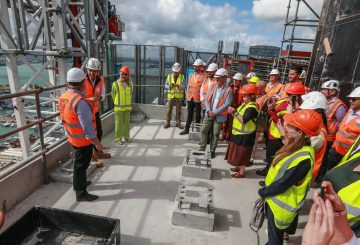日益严重的技能短缺和持续的供应链中断是给公司董事带来头痛的主要挑战。
董事协会(IOD)和 ASB 银行的年度调查发现,其近 60% 的成员仍在应对疫情对其组织绩效的负面影响。
董事们关注的主要问题是缺乏熟练工人,封闭边界使情况更加严重,57% 的受访者表示,他们认为这是该国经济表现的最大障碍,而去年的调查中这一比例为 32%。
IOD 首席执行官克尔斯滕·帕特森说:“我们现在看到 Covid-19 对多个行业的劳动力产生了滚雪球效应”。
“对于一些受到疫情财务挑战的组织来说,现在看来劳动力波动,薪资预期增加,所需的一些关键技能也存在差距。”
她预计,在未来几年,董事会将不得不努力留住关键员工,因为一些公司正在努力应对 “大辞职”,这是工人重新评估自己的优先事项并寻求转换工作或职业的趋势。
“这意味着组织将需要审查其在工作与生活平衡、积极的工作文化以及奖励和认可等方面的方法,以吸引和留住关键人才。”
供应链中断、持续的边境关闭和疫苗功效也是董事会成员的突出问题。
认为明年经济将恶化的董事比例提高了 12 个百分点,其中 51% 的人预计将下降。
但是,董事会成员对自己组织的未来更加乐观,有 54% 的人预计自己的财富会改善,高于一年前的 50%。
ASB 首席经济学家尼克·塔夫利表示,随着从今年的封锁反弹,经济预计在 2022 年将增长 4% 或以上。
“在交通信号灯系统下,新西兰组织可以期待一个更加稳定的环境,减少 2020 年和 2021 年用于对抗 Covid-19 的极端限制。”
他说,放松边境限制还将允许更多人才进入该国。
调查还显示,人们越来越认为公司应该参与社会问题。
一半的受访者认为他们的首席执行官应该就社会问题发表意见,高于一年前的 28%,略高的比例认为董事会也应该发表评论。
帕特森说:“人们越来越希望董事们在从气候变化到董事会多样性的一系列问题上加强领导能力,” 帕特森说。
“面对危机时,我们知道,如果你有合理的价值观,而且你靠他们生活,你的利益相关者往往会更加宽容和支持。”






























































